
The problem with the two common copper sulfosalt minerals, tetrahedrite, and tennantite, is their chemistry. Chemically, they are both copper iron sulfides. They are the more common black copper species, and it’s important we treat them separately from the other dark copper species.
Tetrahedrite and tennantite use the same elements: copper, iron, zinc, and sulfur to develop molecules on an internal structure. But they differ by incorporating either arsenic or antimony in their chemistry. Each of these metal elements can fit into the atomic structure of either or both these minerals as part of the chemistry of these two sulfides.
Theoretically, pure tetrahedrite contains only antimony, while pure tennantite contains only arsenic. To make matters confusing, arsenic and antimony substitute for each other in varying amounts because their electron structure and atom size closely match. In fact, both elements occur in the two species, with one dominating, deciding if the specimen is tennantite or tetrahedrite. To further cause confusion, iron and copper can also substitute for each other, so either can be the dominant metal cation determining the species. As if that is not confusing enough, other metal elements also get into the act including silver, zinc, and mercury in trace amounts — no wonder these two copper species are so daunting.
This story is from the {{IssueName}} edition of {{MagazineName}}.
Start your 7-day Magzter GOLD free trial to access thousands of curated premium stories, and 9,000+ magazines and newspapers.
Already a subscriber ? Sign In
This story is from the {{IssueName}} edition of {{MagazineName}}.
Start your 7-day Magzter GOLD free trial to access thousands of curated premium stories, and 9,000+ magazines and newspapers.
Already a subscriber? Sign In

THE BRIGHT SIDE OF VOLCANIC ROCK
As a mineral resource, volcanic rock is decidedly short on glamour.
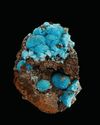
The Other Copper Minerals
12 Lesser-known Collectible Species

MINERAL COLLECTING -AND ROCK & GEM
Evolving Together FOR 54 YEARS
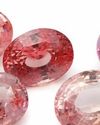
Gemstone Trends
A Look Back at 2024 & What to Expect in 2025
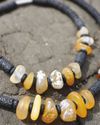
How to Make a GEM BEAD NECKLACE
No Lapidary Experience Needed!
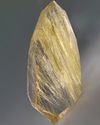
Framing Nature's Art
Faceting Rutilated Quartz for Beginners
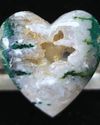
BEDAZZLED BLUE SEAM AGATE
More than several centuries ago, mining was the profession most often seen as befitting of men.
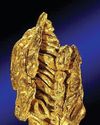
ROCK & GEM FIELD GUIDE:
Spinel is a captivating gemstone with a rich history of being mistaken for gems like ruby and sapphire.
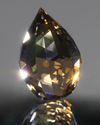
SNAKE SCALE DROP 1.5:1
This Faceting Focus is revisiting the briolette gemstone design because of its popularity with independent and hobby gemstone faceters.

STONE CHIC
How Earth-Inspired Decor Brings Comfort to our Home